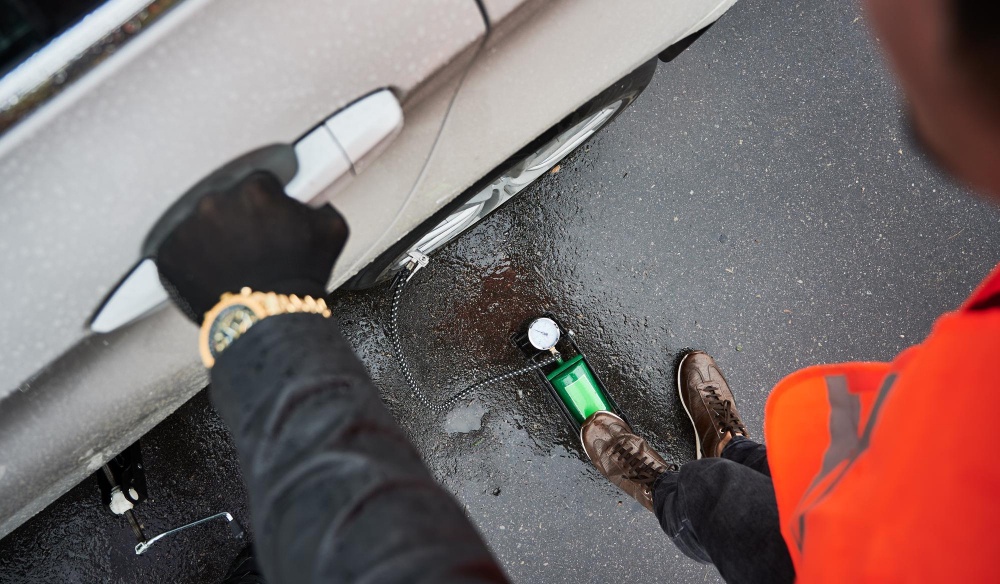Flood damage can be devastating to your home and your health. Flood water can damage your property, cause mold growth, and expose you to harmful contaminants. It is important to take quick action to repair flood damage in order to protect your home and your health.
Assessing the Damage
The first step in flood damage repair is to assess the damage to your home. This can involve inspecting the foundation, walls, floors, and other structural elements for signs of damage. You should also check for mold growth, which can be an indication of moisture buildup.
It is important to wear protective gear when assessing flood damage, as flood water can be contaminated with harmful bacteria, viruses, and other pathogens. Wear gloves, eye protection, and a face mask to minimize your exposure to these contaminants.
Removing Standing Water
The next step in flood damage repair is to remove any standing water. This can be done using a pump or a wet vacuum. It is important to remove the water as quickly as possible to prevent further damage to your home and to minimize the risk of mold growth.
Drying Out the Area
After removing the standing water, it is important to dry out the affected area. This can involve using fans, dehumidifiers, and other equipment to remove excess moisture from the air and to dry out any remaining water in carpets, upholstery, and other fabrics.
Mold Remediation
Mold growth can be a serious problem after a flood. Mold can grow quickly in moist environments and can cause health problems such as allergies, respiratory problems, and infections. It is important to address mold growth quickly to prevent it from spreading and to minimize the risk of health problems.
Mold remediation involves identifying and removing all mold growth from the affected area. This can involve using special equipment such as HEPA filters and negative air machines to remove mold spores from the air. It may also involve removing and replacing damaged materials such as drywall and insulation.
Preventing Future Flood Damage
After completing flood damage repair, it is important to take steps to prevent future flood damage. This can involve:
Installing a sump pump to remove excess water from your basement or crawl space.
Elevating appliances and electrical systems above potential flood levels.
Sealing windows and doors to prevent water from entering your home.
Clearing gutters and downspouts to prevent water from accumulating on your roof.
Conclusion
Flood damage repair is essential to protect your home and your health after a flood. It is important to assess the damage, remove standing water, dry out the area, and address any mold growth. It is also important to take steps to prevent future flood damage by installing a sump pump, elevating appliances and electrical systems, sealing windows and doors, and clearing gutters and downspouts. By taking these steps, you can protect your home and your health from the devastating effects of flood damage.


No comments yet